Inspired by conversations on the Food52 Hotline, we're sharing tips and tricks that make navigating all of our kitchens easier and more fun.
Today: Learn which cuts of chicken should be the stars of your next culinary production.
Curious how five ingredients could inspire a chicken recipe? Share your creative ideas at the Just BARE Chicken +5 Ingredient Challenge for a chance to have your ingredients developed into a new recipe and win $500.
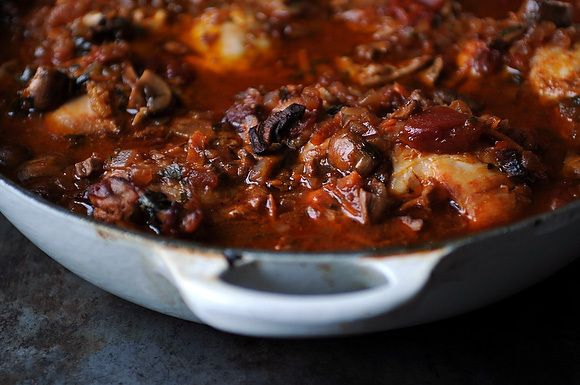
You wouldn’t find Miley Cyrus at Downton Abbey. Meryl Streep doesn’t do soap operas. It’s all about identifying strengths and finding the right fit. So when it comes to casting the stars of your next meal, it’s important to know your ingredients.
Today, we’re talking all about chicken –- and not the boring variety, but the juicy, skin-cracklin', finger-lickin’ stuff. In the world of the bird, anatomy is key: thighs, breasts, wings, and offal each play distinct parts suited for different types of recipes. Here, we’ll break down the chicken and give you the lowdown on the actors auditioning for your next culinary production.
Marsha, Marsha, Marsha: It's All About Breasts
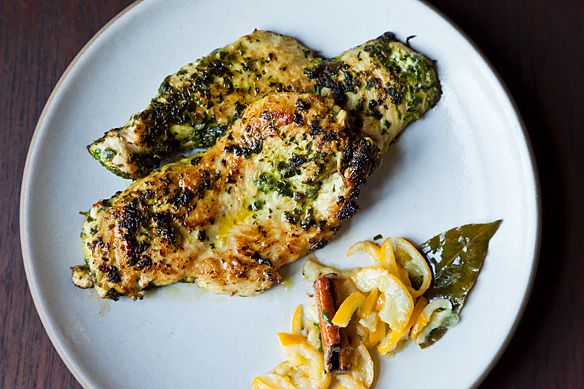
Some people might think that breasts are the stars of too many shows, when other parts of the bird have so much to offer. Nevertheless, chicken breast is the right choice for many dishes because it is easy to prepare (especially for kids), low in fat, and a versatile protein base for many recipes, including soup. Chicken cutlets are especially convenient due to the fact that they cook evenly and are well suited to breading. Herbed Chicken Cutlets with Panko and Parmesan? Yes, Please.
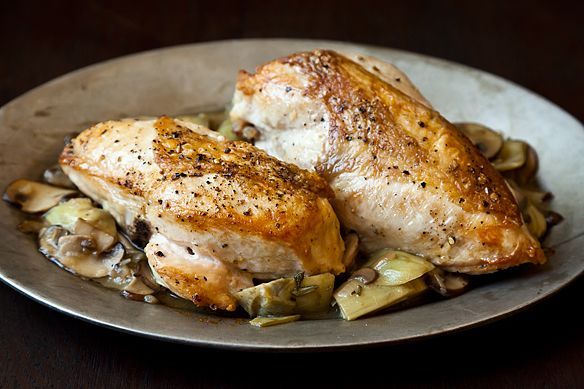
Because of the low fat content in chicken breasts, they dry out easily -- so it’s important to know the right way to prepare them. To trap moisture, the rule of thumb is high heat for a short time when sautéing, pan-frying, broiling, and grilling. (Conversly, for moist heat, such as poaching, you will cook at a lower temperature for a longer time.)
Quiet Star: Thighs' Time to Shine
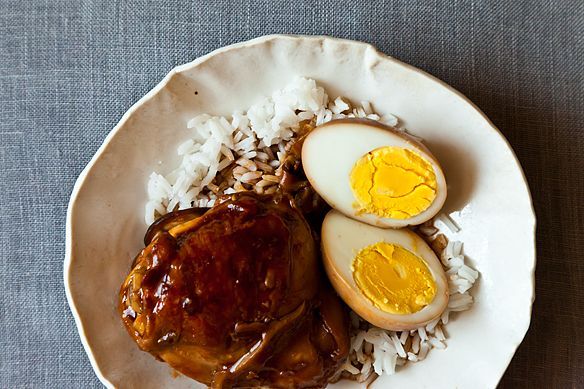
Thighs are the quiet heroes of many dishes. Inexpensive and suited to slower, longer cooking, they are your go-to, low stress vehicle to a satisfying meal. The higher fat content of thighs is responsible for its richer flavor -- and when you cook them slowly, the collagen breaks down into gelatin (also known as, savory goodness).
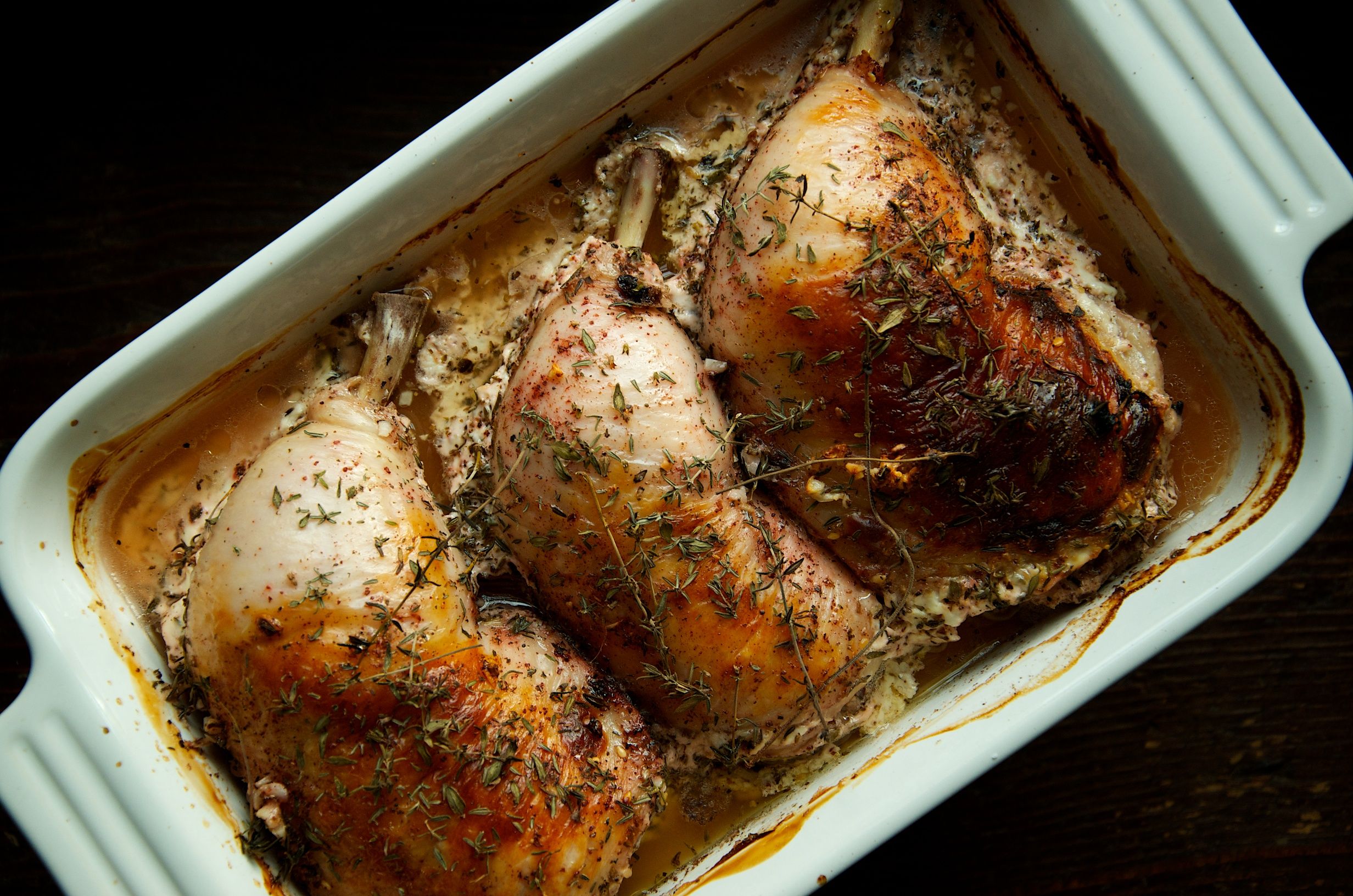
Thighs are best prepared by roasting, broiling, grilling, frying, and braising. See for yourself with this recipe for Oven Braised Buttermilk Chicken with Za'atar.
Wildcard: The Transformative Power of Wings

Wings are all about the dressings. Like a good method actor, they have the ability to transform into a myriad of flavor profiles with a simple costume change. After all, it’s all about skin. Considered to be all white meat (that cooks more like dark meat), their flavor is enhanced by the presence of bones, which imparts richness to the meat. Wings are sold whole or as drumettes and are best for roasting, broiling, grilling, braising, and of course, frying, like in this recipe for Rosemary-Brined Buttermilk Fried Chicken.
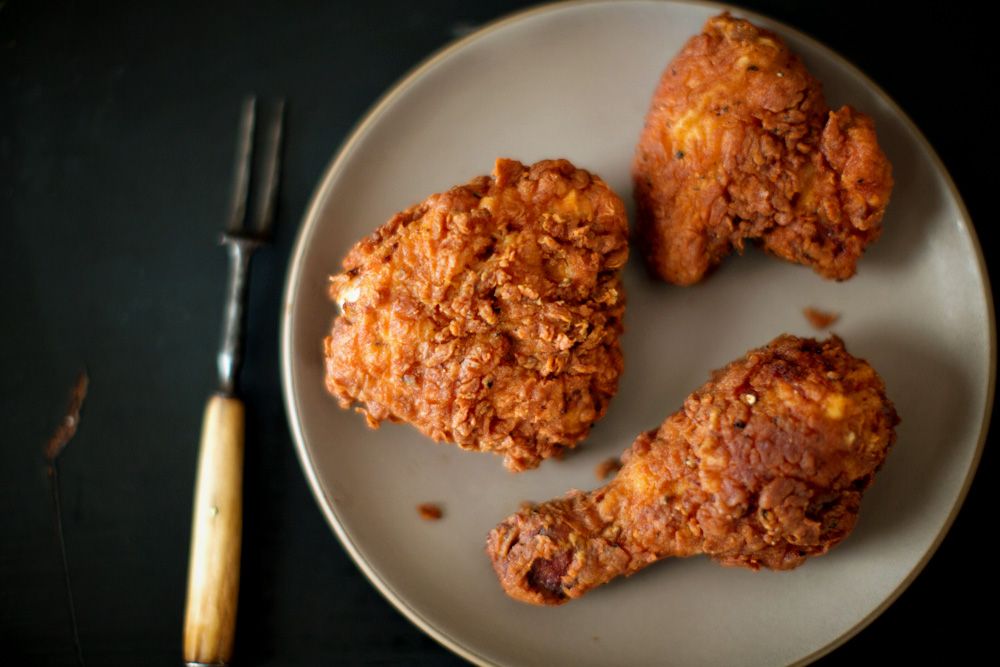
Plus: did you know that chicken wings can also cure the common cold?
Character Actor: Liver Takes the Lead
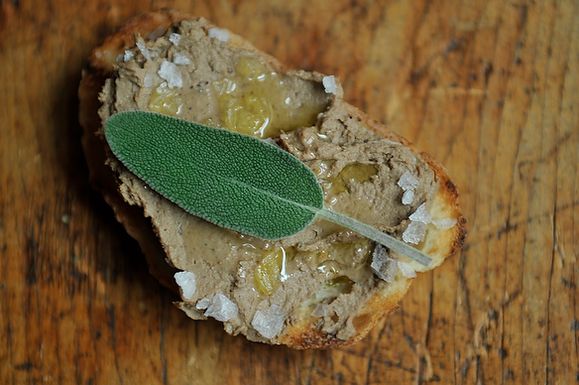
Waste not, want not, the saying goes. So let’s talk about giblets -- those wobbly bits of bird that you don’t know what to do with, but have so much to offer. If you plan to roast a whole chicken, it’s high time to learn how to use every bit of it -- including organs of the great unknown, like the liver. Liver is beginner’s offal for the adventure-shy, and it's the perfect first step outside of your comfort zone (start with this recipe for Chicken Liver Pate). After all, it wasn’t but a generation ago that it was a staple at most American dinner tables -- and still is in many countries.
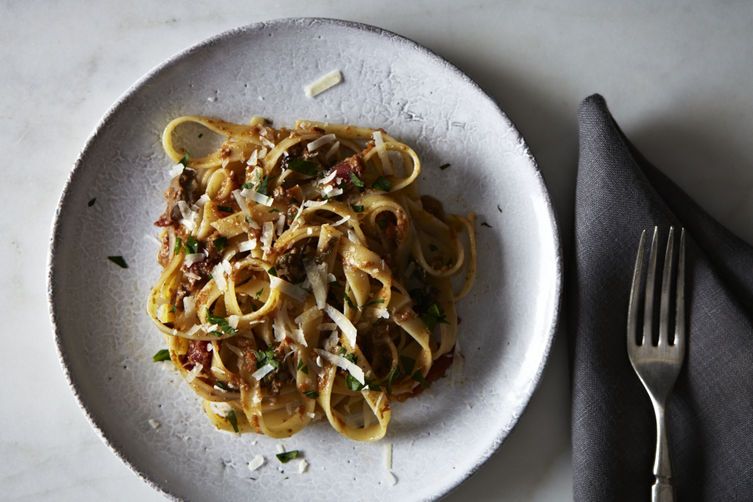
More: Recipes to get grown ups and kids on board with liver.
What is your favorite chicken cut, and how do you cook it? Let us know in the comments!
 This post was brought to you by Just BARE®.
This post was brought to you by Just BARE®.












See what other Food52 readers are saying.